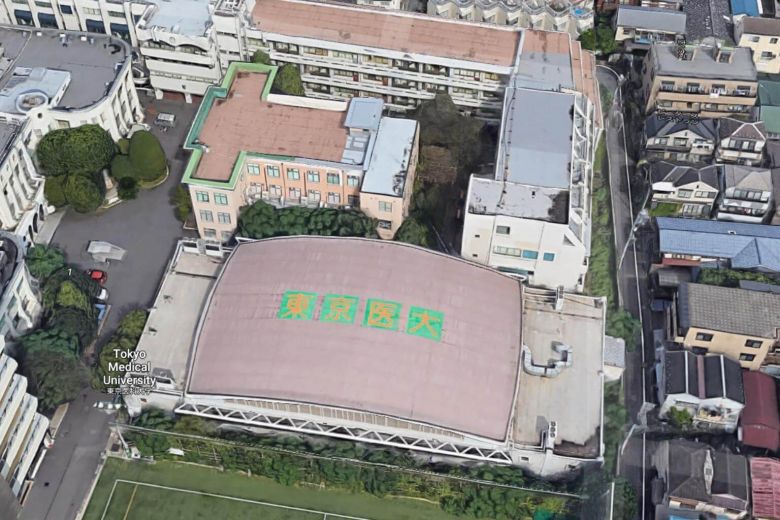Probe of Tokyo Medical University reveals more manipulation of exam results
Sign up now: Get ST's newsletters delivered to your inbox

Tokyo Medical University plans to publicise the results of the investigation possibly this week, sources said.
PHOTO: GOOGLE MAPS
Follow topic:
TOKYO (THE YOMIURI SHIMBUN/ASIA NEWS NETWORK) - More manipulation of entrance exam results has come to light at Tokyo Medical University as an investigation has found that the university also suppressed the number of successful male examinees who were taking the test for at least the fourth time.
The university has been under the spotlight after it was discovered that female examinees attempting to enter the university were penalised by having their scores docked and through other means.
Now, it has emerged that in addition to lowering the scores of men who had previously failed at least three times, the scores of about five examinees, including the son of a former education ministry official, were apparently increased.
These manipulations are said to have been ordered by Mr Masahiko Usui, 77, a former chairman of the university's board of regents.
The university plans to publicise the results of the investigation possibly this week, sources said.
The special investigation team of the Tokyo District Public Prosecutors Office is said to have known about this misconduct.
This year's general entrance exam was taken by 1,596 men and 1,018 women.
Excluding people such as those who took the National Centre for University Entrance Examinations test, the pass rate for men was 8.8 per cent (141 people) and 2.9 per cent (30 people) for women.
A source at the university said women's scores were reduced "because they quit after getting married or having children, leaving our university and affiliated hospitals without enough doctors."
The number of successful examinees among people who had failed the test at least three times was suppressed because the more often a person takes the test, the worse their performance tends to be after enrolling, the source said.
The university apparently worried that these people would bring down its pass rate in the national examination for doctors.
Furthermore, in the preliminary exam segment of this year's general entrance exam, about five examinees, including at least one woman, had their scores increased by 10 to several dozen points.
A source at the university said these examinees "were probably candidates for backdoor admission".
One of them was the son of Mr Futoshi Sano, 59, a former education ministry bureau chief who has been indicted for accepting bribes as part of the corruption scandal involving private university subsidies.
In exchange for allegedly arranging for the university to be eligible for these subsidies, Mr Sano is reported to have had his son improperly admitted to the university.
Prosecutors have also indicted Mr Usui for bribery, as part of the corruption scandal.
Meanwhile, some people involved have testified that female examinees' scores were uniformly reduced after the first round of test. However, the internal investigation found that was not the case. Instead, women's essay scores were docked using a complicated formula.
Sources said that after obtaining the first- and second-round results, all examinees' essay scores were reduced by multiplying them by 0.8.
After this, male examinees who were taking the test for the first, second or third time had 20 points added to their scores, while men taking the test for the fourth time received 10 extra points.
In contrast, women did not have any points added to their scores. Neither did men who had failed at least four times.
As a result, men taking the test up to the third time could have received higher essay scores than their original result. However, the scores of women, and of men taking the test for at least the fourth time, were reduced, thereby suppressing the number of successful examinees from these groups.
A senior university official said the suppression of successful female examinees began around 2011.
For the first few years, examinees' total scores from the first and second rounds were ranked from highest to lowest. Starting from the top scorer, successful female examinees were accepted until they made up about 30 per cent of the total to be admitted. From that point on, scores were adjusted so men made up the remainder.

